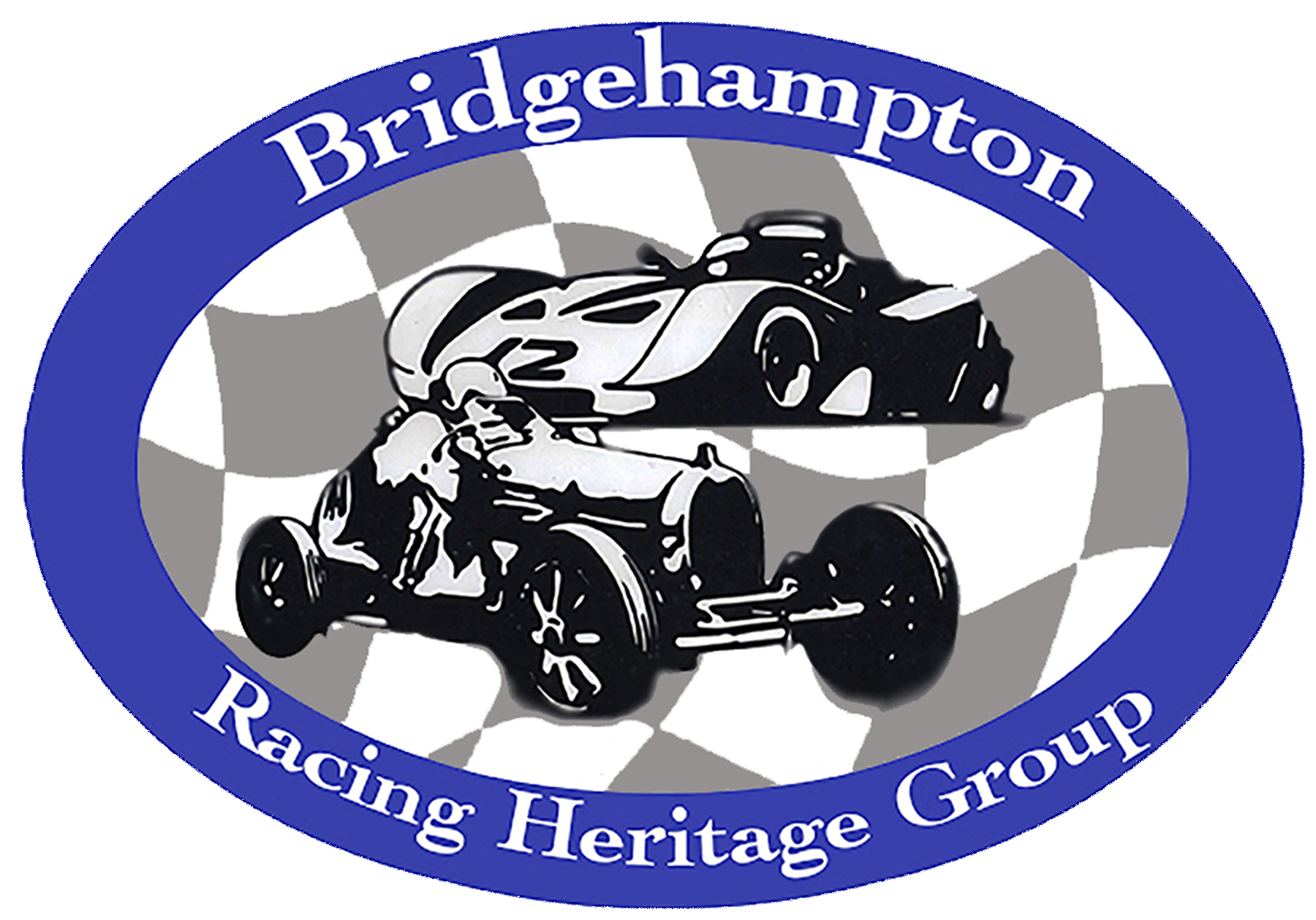
History continued...
 The inaugural sports car races took place on September 28 and 29 of 1957, but it's a largely-forgotten fact that members of the Metropolitan Harley Davidson Dealer's Association were the guinea pigs who baptized the circuit three weeks earlier. They celebrated the opening with a full fledged Sportsmen's Road Race, offering free admission to all spectators arriving on motorcycles.
The inaugural sports car races took place on September 28 and 29 of 1957, but it's a largely-forgotten fact that members of the Metropolitan Harley Davidson Dealer's Association were the guinea pigs who baptized the circuit three weeks earlier. They celebrated the opening with a full fledged Sportsmen's Road Race, offering free admission to all spectators arriving on motorcycles.
The race program for the event, called Haybale as a salute to the past, refers to Long Island as "the cradle of American automobile racing." Henryk Szamota is listed as Race Chairman with Paul Whiteman and Rocky Graziano as Honorary Starters for the SCCA National Championship races. Six separate events for 15 classes of race cars 29 different makes and 139 drivers were featured. New York celebrities such as John Norwood, Vince Sardi and John Weitz took to the grid with many internationally known drivers including Briggs Cunningham, Bob Grossman, Walt Hansgen, Denise McCluggage and our soon to be World Champion, Phil Hill. The East Hampton Star reported cars parked as far as a mile away from the track entrance and estimated the attendance at 30,000.
NASCAR comes to town
In 1958, NASCAR added a Bridgehampton date to its calendar. The "Good Ol' Boys" arrived in full force for a 100-mile Grand National Race for American sedans. Buck Baker, Junior Johnson, Lee Petty and Fireball Roberts were among the 31 entrants and led a thundering herd of Chevys, Fords and Pontiacs. The stockers tended to ignore, run over and vaporize corner markers and up to six dust clouds hung over the circuit at any one time. Historically, this is considered the first Grand National stock car race ever held on a non-oval road course.
 For spectators as well as drivers, it was a grand show. On the management side, however, things were less spectacular. Bank loans and promissory notes had to be used to complete the circuit. Once the track was opened, the track gates were overwhelmed and thousands of spectators failed to pay and simply walked in through the woods.
For spectators as well as drivers, it was a grand show. On the management side, however, things were less spectacular. Bank loans and promissory notes had to be used to complete the circuit. Once the track was opened, the track gates were overwhelmed and thousands of spectators failed to pay and simply walked in through the woods.
Demands from creditors such as road builder Ercole Colasante plagued these sportsmen, and their corporation never really achieved financial stability. In 1959, Ed Krom persuaded Lou Figari, a professional sports promoter, to join with him, New York lawyer Art Schmidt and Henry Tredwell in creating Bridgehampton Enterprises Inc. Under lease from BRRC, these more astute businessmen worked pro bono to reduce the corporate debt and improve the circuit's spectator amenities. Most notably, the exclusive Circuit Club compound next to the timing tower and the Lowenbrau pedestrian bridge over the main straight were constructed. A nice block of armchair seats were salvaged from the venerable Polo Grounds in New York and erected across from the pit lane. Membership to the Circuit Club, where world-class raconteur Austie Clark played the role of maitre d’ and bartender, was a mere $5.
